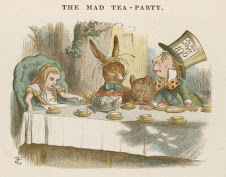Both parties lost ground on Sunday, the Christian Democrats slightly, the Social Democrats precipitously. Both registered their lowest percentages since the 1940s. The big gainers were the new Left Party, the Green Party and the pro-business Free Democrats.Indeed, while support for both the CDU and the SPD is at an historic low, Germany's three biggest minor parties each had their best showing in a federal election yet. Returns for minor parties, as such, outpaced support for either of the country's major parties. Taken together the CDU and the SDP garnered only 57% of the vote (33.8% and 23% respectively), with the remaining 40% split between six minor parties. Among these, the libertarian-leaning Free Democrats, the new Left Party and the Green Party are the most prominent, and received 14.6%, 11.9% and 10.7% of the vote, respectively.
Germany's fledgling Pirate Party – which was founded in 2006 and supports information privacy and patent reform while standing in opposition to the surveillance society – received over three-quarters of a million votes, not enough for a seat in parliament but more than enough to qualify for future federal campaign funds, according to Deutsche Welle.
Though turnout for the election was at an historic low, at just over 70%, voter participation rates in Germany continue to far outpace those in the US. For the sake of comparison, in the 2008 presidential election, voter turnout did not even reach 60% in the United States, and this represented a forty year high. It can likely easily be demonstrated that the the array of choices offered to voters and the rate of voter turnout are directly proportional.








No comments:
Post a Comment